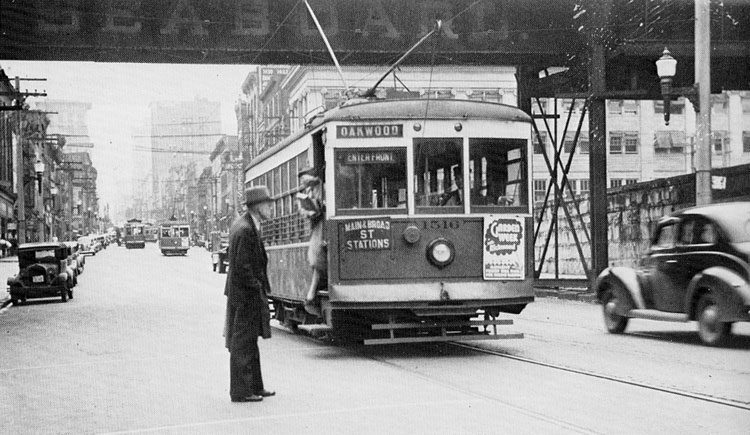This is Part 1 of a three-part series on Transportation in Richmond. Read Part 2 and Part 3.

Hop in the car and drive to work.
Drive to the grocery store.
Pick up something at the mall.
Head back home.
May your will be done on earth,
as it is in heaven.1
In suburban RVA, this is a way of life, but for many throughout the region, this is an unlikely scenario.
Did You Know? 18.2% of Richmond households and 5.2% of Henrico households don’t have a car. Look at households with 0-1 cars and Richmond stands at 60.3% and Henrico at 39.1%.
If you don’t have a car, how do you get to work? The bus? Great, if you live near a route. The light rail? The METRO? Sorry, we don’t live in DC or Baltimore.
The region has a tremendous opportunity lying at its feet. When the Mayor’s Anti-Poverty Commission makes their report this week, it will be the culmination of months of work, but the journey will not be over.
This city is in dire need of caring for its citizens by providing adequate opportunities for work, and having a way to get to work is crucial. Work provides income, which allows individuals to care for their families and provides a sense of accomplishment, dignity and self-worth.
Give us today the food we need.2
But in Richmond, the days of a bustling transportation hub are more a distant memory of the streetcar days than a present reality.
Consider this:
West Creek? Not on a bus route.
The new Amazon distribution centers? Not on bus routes.
Malls and retail centers? Some are accessible by bus, others are not. Numerous retail establishments and employment hubs are outside the reach of current transportation plans.
“Why does this matter to me?” you might be asking. Come back tomorrow to find out more.



